An organ built some 1,000 years ago for the Church of the Nativity in Bethlehem has been restored to life as it was unveiled to the public at the Terra Sancta Museum in Jerusalem. Experts have hailed it as “the oldest organ in the Christian world .”
“These flutes have been around for a millennium, but their state of preservation is remarkable – many look as if they were made yesterday,” said Dr. David Catalunya of the Complutense Institute of Music Sciences (ICCMU). “Eight of them still retain their original sound – it’s nothing short of a miracle.”
The organ is believed to be one of the world's oldest musical instruments, with early versions appearing in Greece in the 3rd century BC. Operated by a keyboard that controlled the flow of compressed air into pipes, the organ later became a popular instrument in churches and monasteries.
The Byzantine community is believed to have been using the organ since the 4th or 5th century. However, according to Álvaro Torrente, Director of the ICCMU, the oldest organs still in existence in the Christian world date back to the 15th century.
Scholars believe the harp was brought to Bethlehem - believed to be the birthplace of Jesus - during the Crusades, when European armies marched into the Holy Land in 1099 to reclaim Jerusalem and its holy sites after centuries of Muslim rule.
Over the next two centuries, the area witnessed violent political upheaval and massacres – including of Jewish communities.
Control of Jerusalem and its surroundings, including Bethlehem, changed hands several times before falling into Muslim hands in the mid-13th century.
During the unrest, the Christian community here may have buried some of the church’s treasures, hoping to one day use them again. “This organ was buried in the hope that one day it would be played again,” Catalunya said.
For more than 800 years, Franciscan monks—who maintain a presence at the Church of the Nativity—have passed on tales of a lost Crusader-era treasure.
Finally, in 1906, when they began building a pilgrim house on the site of the old cemetery, they discovered the treasure: 222 bronze flutes, a set of 13 bells, and many other liturgical objects.
These artifacts are on display at the Franciscan Archaeological Museum at the Monastery of the Beatitudes - now the Terra Sancta Museum - which was newly established in Jerusalem at that time.
However, for more than a century, few people paid attention to this ancient organ, and the idea of restoring its sound - after 8 centuries - was never seriously studied.
Catalunya learned of the instrument while studying at Oxford University a few years ago. ICCMU then led an in-depth research project into the flutes – from materials, construction techniques to acoustics – to create a faithful replica.
During the analysis, experts discovered that eight of the pipes were still intact and produced their original sound. These pipes were mounted on the keyboard, along with copies made by organist Winold van der Putten.
The warm sound of the harp resounded again in the Monastery of St. Saviour in the Old City of Jerusalem – home to the Terra Sancta Museum.
Catalunya performed the hymn "Benedicamus Domino Flos Filius" – composed in the 11th century, the same period as the instrument – creating a connection between “art, history and emotion.”
“The Bethlehem organ is not only an ancient treasure that we can now admire and listen to, it is also a unique source of knowledge about European music, organ techniques and history – which can completely change the way we perceive medieval culture,” said Álvaro Torrente.
He likened the instrument to “a living dinosaur: seemingly impossible, but suddenly made present before our eyes and ears.”
The instrument will become the highlight of the "Convent of Music" space in the Art & History section of the Terra Sancta Museum, which is being renovated to expand into 20 exhibition rooms. The project is expected to be completed by 2026 at the earliest./.
Source: https://www.vietnamplus.vn/dan-organ-co-nhat-kito-giao-vang-tieng-tro-lai-sau-1000-nam-im-lang-post1062489.vnp


![[Photo] Students of Binh Minh Primary School enjoy the full moon festival, receiving the joys of childhood](https://vphoto.vietnam.vn/thumb/1200x675/vietnam/resource/IMAGE/2025/10/3/8cf8abef22fe4471be400a818912cb85)

![[Photo] Prime Minister Pham Minh Chinh chairs meeting to deploy overcoming consequences of storm No. 10](https://vphoto.vietnam.vn/thumb/1200x675/vietnam/resource/IMAGE/2025/10/3/544f420dcc844463898fcbef46247d16)












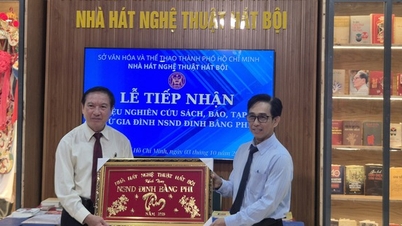
![G-DRAGON WORLD TOUR [Übermensch]: Global icon returns with the most anticipated tour](https://vphoto.vietnam.vn/thumb/402x226/vietnam/resource/IMAGE/2025/10/3/676b6484b7bb4ffabdfd96de39bee896)

![G-DRAGON 2025 WORLD TOUR [Übermensch] - global icon officially returns to Vietnam](https://vphoto.vietnam.vn/thumb/402x226/vietnam/resource/IMAGE/2025/10/3/7117b216f49648e085b204733dcb96ed)
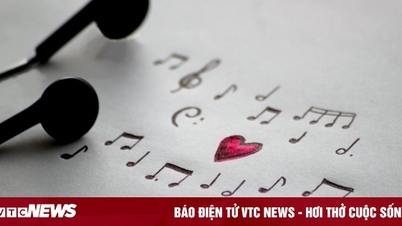








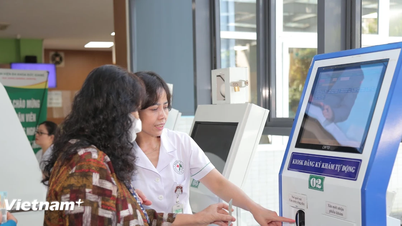












































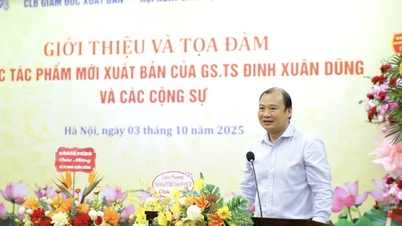











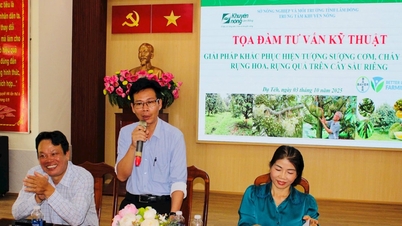

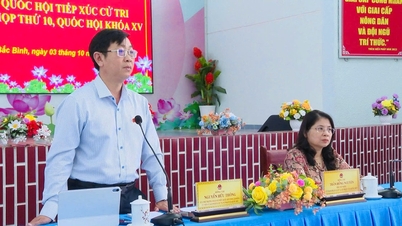














Comment (0)